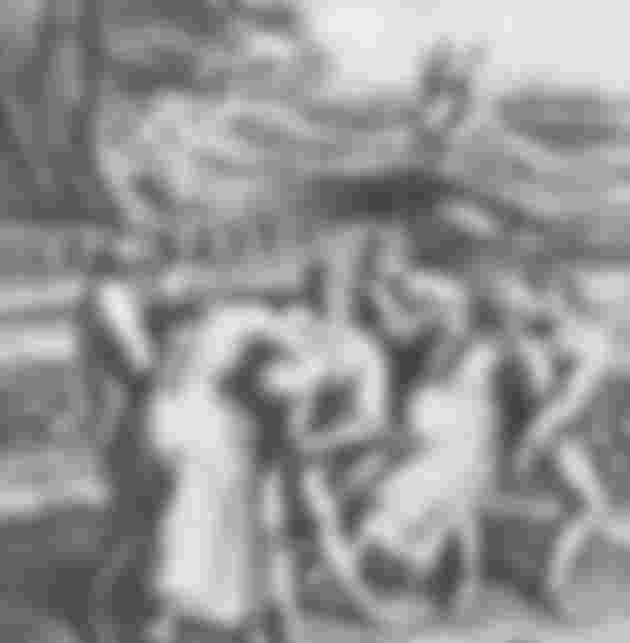
In mid-July 1518, on the streets of Strasbourg, a city in eastern France that was then part of the Roman Empire, a woman (allegedly named Frau Troffea) took to the streets and began dancing. This was probably not a very strange event at first, but things soon began to change. The woman danced for days, and seven days after she started, about 100 people danced in the street.
The Dance Epidemic or Dance Plague of 1518 soon became one of the most bizarre events mankind has ever heard of.
Before attempting treatment, some dancers were even boarded in carriages and taken to a local shrine to pray for help. Their prayers did not come true.
Instead of prescribing bloodletting (the usual medical treatment of the time), authorities encouraged residents to dance even more, freeing up extra space for them, and even made a wooden stage for the dancers. It was believed to be the only cure - constant dancing, day and night, and the authorities even paid musicians to increase the effectiveness of the remedy.
Historian John Waller, author of A Time to Dance, A Time to Die: The Extraordinary Story of the Dancing Plague of 1518, has spent a long time studying this mystery.
“It is not questionable whether this event happened at all,” claims Waller, who further explained that historical records document numerous deaths caused by dancing, “It is very clear that (the victims) danced. These people were not just trembling, although they were elated, their arms and legs were moving as if they were deliberately dancing. ”
It was not until early September that the number of dancers began to decline. This was not the first time such a bizarre event had taken place in Europe. In fact, there were as many as ten dance epidemics before 1518, only none of them were well documented as the Strasbourg epidemic.
Possible causes of the Dance Epidemic
One of the popular ideas was that the dancers swallowed ergot, a fungus that grows on rye stalks. But this theory has one hole, while ergot can cause hallucinations, it also usually interrupts blood flow to the extremities, making coordinated movement (dancing) almost impossible.
Another theory was that the dancers were members of the cult of heresy. This is also unlikely, as documents show that the dancers affected by the phenomenon did not want to dance, and that, whenever they could, they begged for help. Also, there were no indications that the authorities treated or treated them as heretics.
According to John Waller’s book, the epidemic broke out due to mass psychogenic illness, a manifestation of mass hysteria that often occurs as a result of extreme levels of psychological problems. According to Waller, one of the causes was famine caused by cold winters, warm summers, frosts and icy rains. In addition to widespread hunger, smallpox, syphilis, and general human oppression contributed to the cause.
